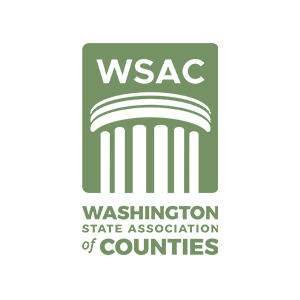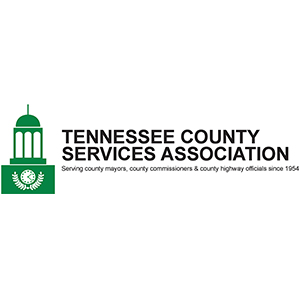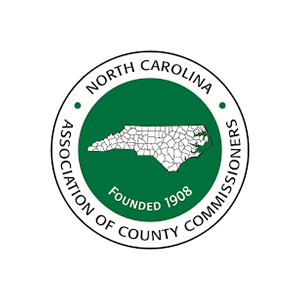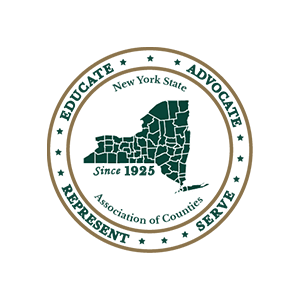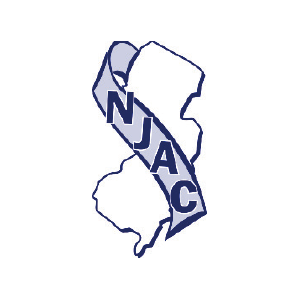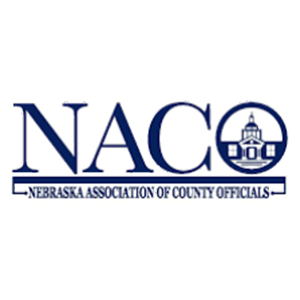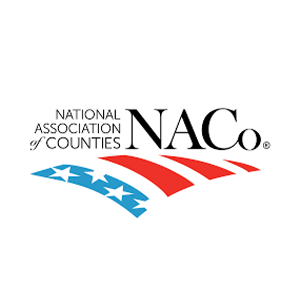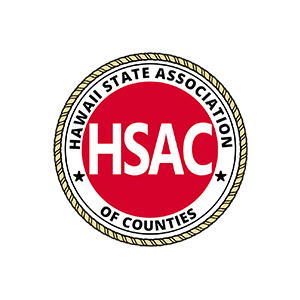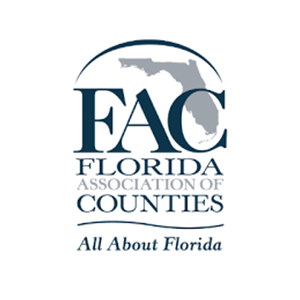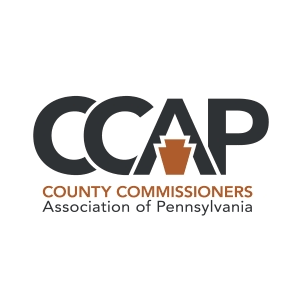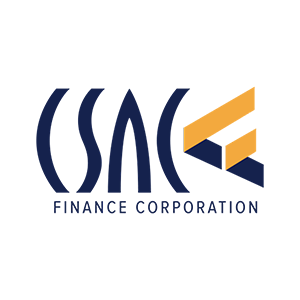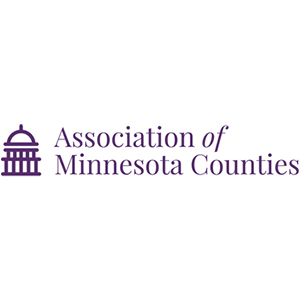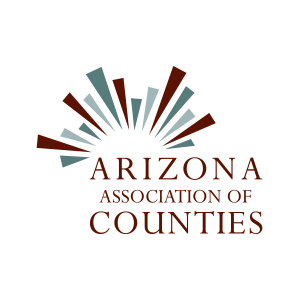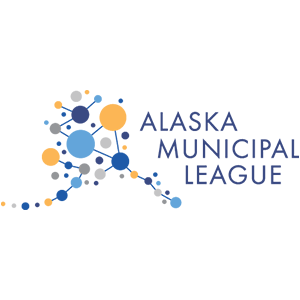K12 Districts FAQs
We recognize that all 50 states have unique laws to protect district taxpayer funds. Before we commit to offering our services in any state, we do a thorough review of the various statutory limitations regarding the deposit and investment policies of public funds. three+one® has helped public entities across the nation create and enhance their investment, deposit, and liquidity policies. Our team is available to finalize these processes during public meetings and answer any questions that elected officials may have. With a history that stretches over two decades, our team has built a strong foundation to serve public entities all across the banking marketplace.
We stress-test and forecast every dollar to uncover whether it would be available for 30 days, 30 weeks, or 30 months, depending on your district’s specific liquidity flows. This builds a framework to identify how much cash could be allocated to a LGIP, a fixed-income portfolio, or other options—and for how long that cash could remain there. Our proprietary cashVest® process certifies your district is maximizing all its financial resources to ensure it meets or exceeds marketplace benchmarks without sacrificing liquidity or safety.
three+one understands that school districts are constantly trying to predict liquidity needs amid economic uncertainties. Our MC liquidity forecast model® will give your district confidence in projecting its future financial picture amidst changing economic scenarios. It provides week-by-week cash-balance estimates to prepare for upcoming liquidity needs, while also revealing your short-term investment potential. In conjunction with our time-horizon data, your district will have a tailored strategy to maximize the value on both short- and long-term dollars.
Also, in an environment where the scrutiny of finance offices is at an all-time high, cashVest will substantiate your cash-management decisions by providing you with statistical proof that your district has been maximizing the value of all cash, based on both marketplace- and peer-benchmark data.
In some instances, school districts may not pay hard fees for banking services, but often pay soft fees which create an “opportunity cost” on cash. Soft fees are typically based on an earnings credit rate (ECR) for compensating balances (with required minimum cash balances) to offset all fees. If your district is required to retain a certain level of deposits, there may be a hidden cost. Whether you pay hard, soft, or transactional fees, there is no fee structure that fits all entities. Our data and analytical program—along with our broad industry knowledge—can determine which structure is best for your specific district, regardless of market rates or your current fee structure.
Our firm is not a registered investment advisor (RIA), municipal financial advisor, or a bank; we do not sell or offer investments. We are a financial-data provider that harnesses the power of data for the benefit of public entities and higher Ed institutions. Your district’s finance office will be able to make its own cash-management decisions faster and more confidently than ever before with accurate and timely liquidity data. Because each entity has a unique liquidity picture—there is no “one-size-fits-all” solution—our analyses are individually tailored and present various opportunities based on an entity’s specific data.
Our main differentiators are:
(1) three+one’s objectivity, as a third-party data provider that does not operate like a bank or investment advisor. We do not accept cash deposits or offer any investments. Our data allow entities to make the best choices on how to strategically place their available funds. Our incentives are aligned with your needs and those of your stakeholders;
(2) We don’t just benchmark and survey customers. We have a vast collection of line-item bank-fee data from around the country that elevates the relevant savings/income for your entity;
(3) We offer an ongoing monitoring service that continually identifies ways to earn and save more. As financial markets change constantly, so should your banking structure and liquidity strategy;
(4) three+one’s tailored approach means we provide actionable recommendations and help your entity execute those recommendations with your financial providers. We are a team that thrives on “holding your hand” throughout the rollout of the process;
The easiest and most secure method to collect your entity’s transactional and treasury data is with BAI2 and 822 files through secure data transmission with your financial providers or secure view-only access. Once we have received your data, we will prepare your initial cashVest analysis within 6 to 8 weeks (subject to the number of bank accounts). Moving forward, we work with your team to implement the data’s suggested next steps and continuously provide quarterly cashVest updates to track progress and monitor changes in your liquidity vis-à-vis the marketplace.
For years, school districts operating with no “excess cash” have struggled to find ways to earn meaningful value on all dollars. With the power of time-horizon and marketplace-benchmark data, finding additional value on cash is not exclusive to districts with significant cash balances, budget surpluses, or reserves. Especially if your district is tight on cash, liquidity data can find additional value that is not readily apparent through your bank or other financial providers. Many districts evaluate short-term borrowing decisions using cashVest data and liquidity projections. This ensures that districts can identify their exact cash needs, reduce costs, and boost overall savings.
cashVest® actually reduces time spent on liquidity-management decisions, while increasing the value school districts receive from their financial institutions. This program helps school business officials make confident, quick decisions with better results, based on the provided data. cashVest answers many questions that arise from investment decisions, e.g., “How much and for how long can I invest?”; “How much does my operating bank need to offset fees?”; and “Where is my liquidity position going to be in three months?” As with any technology solution, there are learning curves and growing pains. We are committed to making this process as easy as possible, so stakeholders can see positive results right away.
Yes, three+one’s product suite also includes rfpPrepⓇ. It is a digital RFP platform for banking and investment-management RFPs that handles the entire process including issuance, a statistical evaluation of respondents relative to market benchmarks, and final contract negotiations. This streamlines the tedious procurement process into a smooth, hassle-free experience while substantiating the decision on who should be the finalist. rfpPrep tailors the RFP issuance document, uses benchmark data to compare pricing and includes a dedicated team to collaborate with your procurement office. three+one’s deep roots in the banking industry and marketplace experience in banking and investment-management RFPs will ensure your higher Ed entity will be confident in its choice of a future financial partner.
The cashVest platform was created with different levels of end-users in mind. For high-level stakeholders like board members and taxpayers, cashVest reports provide a succinct cashVest score that will certify that your district is maximizing the value of every dollar. This type of information increases the transparency between a business office and its stakeholders. For those who live and breathe district finance every day, cashVest reports dive into the details on a consolidated view of how much cash the organization has available across all accounts, how long each dollar can be put to work before it is needed, marketplace and peer-interest benchmarks, and an analysis of banking services and fees to ensure an equitable relationship in any market cycle.


